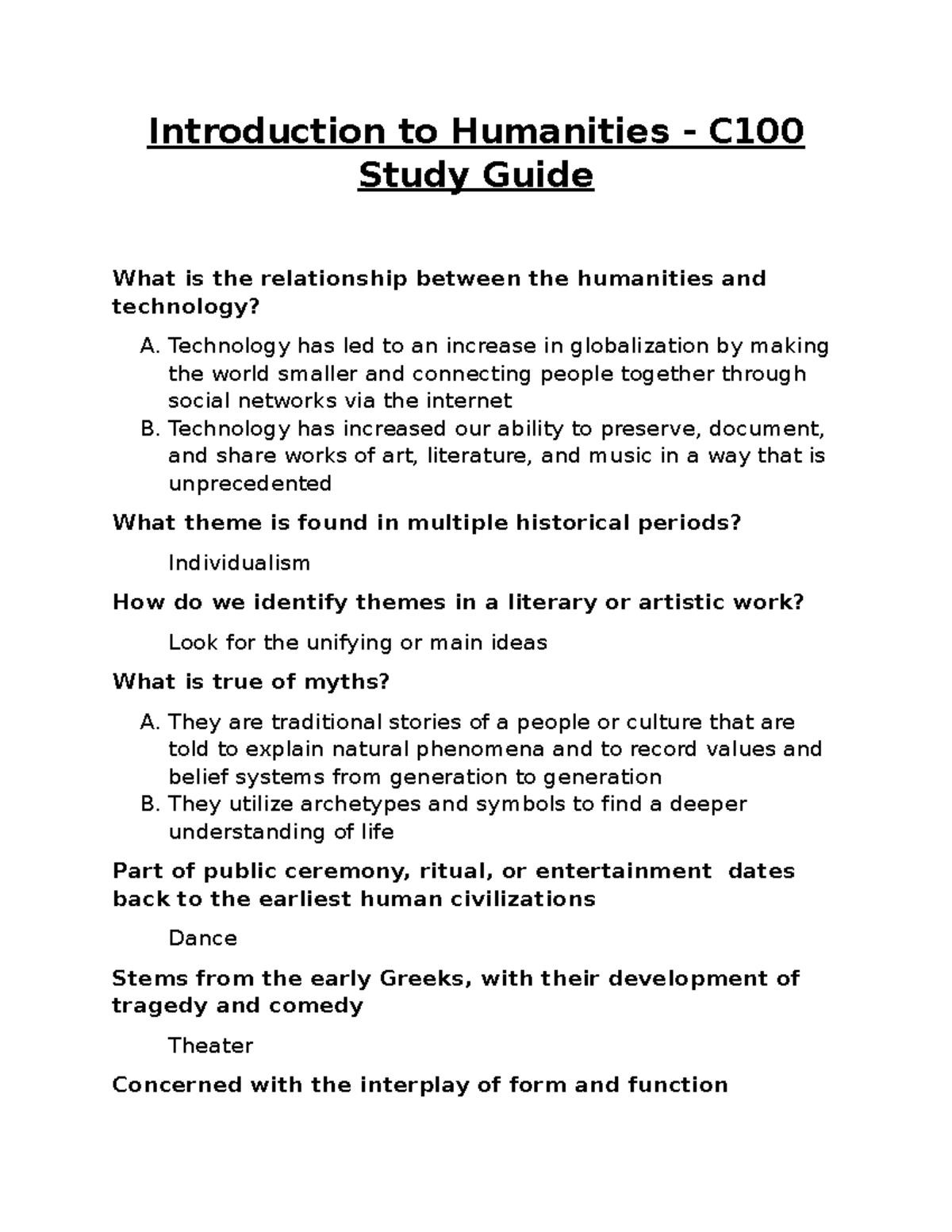Asian American women’s history is a rich tapestry woven from diverse experiences, struggles, and triumphs that often remain obscured in mainstream narratives. From the undercurrents of the early 1900s, as exemplified by the portrayal of Ainu and Visayan women at the 1904 World’s Fair, to modern-day achievements, their stories embody a historical legacy that reflects the complexities of Asian American culture. The ongoing efforts by institutions like the Schlesinger Library play a pivotal role in revealing these largely invisible histories and ensuring that the voices of Asian American women are heard. This exploration of women’s history not only highlights their contributions but also challenges the dominant cultural narratives that have historically marginalized them. As we delve into this topic, it becomes essential to recognize the profound impact of Asian American women’s experiences on the broader tapestry of American history itself.
The historical narratives of women of Asian descent often intertwine with the broader themes of immigration, identity, and cultural heritage. These narratives illuminate the journeys of countless individuals who have faced societal challenges while celebrating their unique cultural backgrounds. By examining how their stories have been documented and recognized over generations, we gain insight into the evolving landscape of women’s roles in Asian American communities. Furthermore, this exploration invites us to critique how cultural representations have shaped public perceptions, prompting a reevaluation of what constitutes American history. Engaging with these alternative terms and themes furthers our understanding of the complexities involved in the lives of Asian American women throughout history.
Unveiling Asian American Women’s History
The Schlesinger Library’s latest exhibit, “Illuminate: Contextualizing Asian American Women’s Stories Through the Archives,” serves as a critical reminder of the often overlooked narratives in Asian American women’s history. This exhibition not only showcases the historical artifacts of Asian American women but also engages in a much-needed discourse about their representation throughout American history. It is significant to note that events like the 1904 World’s Fair played a pivotal role in shaping cultural narratives around Asian women, often reducing them to mere spectacles. By revisiting these stories, the exhibit offers a chance to rewriting the narrative surrounding their contributions and experiences.
In the past, Asian American women have frequently been marginalized in historical dialogues, rendering their stories invisible or misrepresented. Curator Victor Betts emphasizes this issue, stating that the lived experiences of these women have long been overlooked in traditional archives. The exhibition challenges audiences to confront these omissions and reconsider the lenses through which we view women’s history. By educating visitors about the complex roles of Asian American women, the Schlesinger Library is not just preserving the past; it is empowering future generations to recognize and celebrate these essential historical figures.
Exploring the Cultural Narratives of the 1904 World’s Fair
The 1904 World’s Fair in St. Louis acted as a cultural battleground where preconceived notions and colonial attitudes towards Asian people were laid bare. The exhibition includes poignant photographs of Ainu and Visayan women, who were presented as “living exhibits.” These images serve as both a testament to the commodification of their identities and a reminder of the enduring impact of such portrayals on contemporary perceptions of Asian American culture. The Schlesinger Library stands at the forefront of unveiling these complex narratives, allowing viewers to engage with these historical injustices critically.
Furthermore, exploring the cultural narratives surrounding the women of the World’s Fair provides vital context to understanding the evolution of Asian American identity. Through the lens of the exhibit, it becomes evident that two distinct perspectives exist: one where these women are displayed as artifacts of exoticism, and another that reclaims their agency through their individualized stories. As audiences delve deeper into these representations, they are encouraged to question how the legacies of such exhibitions shape our understanding of Asian American history today.
Collaboration in Archival Learning
One of the most innovative aspects of the Schlesinger exhibit is the involvement of undergraduate students in the archival research process. The course “Asian American Women’s History in the Schlesinger Library” co-taught by Victor Betts and Erika Lee highlights a collaborative educational approach that merges classroom learning with real-world archival work. This model allows students to uncover narratives that might otherwise remain hidden and actively participate in reshaping the discourse surrounding Asian American women’s history,
The hands-on work conducted by students like Christian D. Topinio and Sophia Wang not only elevates their educational experience but also contributes invaluable research to the collective understanding of Asian communities in America. By investigating historical accounts and legal cases, these students are unearthing groundbreaking stories of resilience and resistance, which ultimately enrich the public’s perspective on Asian American experiences.
Artistic Representation Within Asian American History
The exhibit’s title, “Illuminate,” takes on a dual meaning, reflecting both the enlightening nature of the displayed artifacts and the artistic interventions that accompany them. Local artist Shaina Lu was commissioned to create translucent illustrations that mesh seamlessly with the archival material, allowing natural light to shine through both literally and metaphorically. This artistic element serves not only as an enhancement to the exhibit but as a symbol of the illumination of Asian American voices and issues that have long been overshadowed.
Through Lu’s artwork and the archival materials presented, the exhibit provides a holistic understanding of Asian American women’s history, grounding it in both artistic expression and factual representation. It is a profound reminder of the power of art in historical contexts, fostering connection and empathy toward those whose stories demand to be recognized.
The Role of Archival Institutions in Preserving Gendered Histories
As custodians of history, institutions like the Schlesinger Library hold immense responsibility in archiving not only the facts but also the narratives that accompany them. The concerted effort to collect and curate materials related to Asian American women highlights a significant movement towards ensuring these narratives are preserved for future generations. Victor Betts, the curator, recognizes the gaps in existing archives and actively seeks to expand collections that reflect the diversity and complexity of Asian American women’s experiences.
This archival project is vital for addressing historical erasure, as it seeks to include voices that have been excluded from the broader narratives of American history. As these collections grow, they will provide essential resources for researchers, educators, and the public alike, allowing for a richer and more nuanced understanding of women’s history. Ultimately, it underlines the importance of preserving not only artifacts but also the stories that breathe life into these collections.
Historical Context of the Chinese Exclusion Act
One of the significant historical events explored in the exhibit is the Chinese Exclusion Act, which laid bare racial inequities and institutional barriers faced by Asian immigrants in the United States. Photographs and materials at the Schlesinger Library depict the struggles endured by Asian American women during this turbulent period. Notably, women like Ah Fong became symbols of resistance against discriminatory laws, notably waging legal battles in defense of their rights in a period marked by exclusion and isolation.
Understanding the context of the Chinese Exclusion Act in relation to women’s history allows us to see how these policies impacted not just individual lives but entire communities. The exhibit serves as a platform to critically examine how such historical decisions have left an indelible mark on the fabric of Asian American identity, reminding us of the resilience woven into their shared histories.
The Impact of Japanese American Internment
Another poignant theme of the exhibit is the Japanese American internment during World War II, a harrowing period in American history that forced many citizens into confinement based solely on their ethnicity. As artifacts and narratives included in “Illuminate” demonstrate, this experience deeply affected Asian American women, who bore unique burdens as mothers, daughters, and community leaders during this time of crisis. Their stories are essential to the understanding of this dark chapter in American history.
The narrative surrounding Japanese American internment illustrates the intersection of race and gender, as women navigated loss, displacement, and survival. The Schlesinger exhibit encourages visitors to engage with these stories, shedding light on the strength and resilience shown by countless Asian American women during trying times. By amplifying these experiences, the exhibit advocates for greater recognition and reflection on how history shapes present realities for Asian Americans.
The Legacy of Anti-Asian Violence and Activism
In recent years, the rise of anti-Asian violence has sparked a renewed vigor in activism within the Asian American community. The Schlesinger Library’s exhibition contextualizes these contemporary issues within the broader spectrum of Asian American women’s history, illustrating how the fight for justice and equality has remained persistent over the decades. By showcasing political posters, zines, and personal narratives, the exhibit connects past struggles with present movements, highlighting the enduring legacy of activism among Asian American women.
This legacy is vital for understanding the motivated efforts of activists who have been at the forefront of combating discrimination and advocating for social justice. The exhibit spotlights powerful stories that encourage continued engagement with current issues surrounding anti-Asian sentiment and reinforces the need for solidarity and intersectionality within social movements. As audiences reflect on these narratives, they are invited to recognize their significance and the ongoing impact of these historical struggles on today’s fight against racism.
Fostering Future Conversations around Asian American Narratives
As the “Illuminate” exhibition prepares to conclude, it leaves behind a critical invitation for ongoing discourse regarding Asian American women’s history and representation. The Schlesinger Library is not just a repository of the past; it actively seeks to create dialogue around the importance of these narratives in shaping a more inclusive history. The conversations ignited through this exhibit challenge visitors to reassess how histories are told and whose voices are prioritized.
Ultimately, fostering future conversations about Asian American narratives is crucial for cultivating awareness and understanding of these significant histories. The Schlesinger Library’s commitment to archiving the experiences and contributions of Asian American women ensures that their stories are part of the collective memory, paving the way for informed discussions on identity, culture, and the complexities of American history.
Frequently Asked Questions
What role do Asian American women play in America’s historical narratives?
Asian American women have historically played vital roles in shaping America’s cultural and social landscapes, though their contributions have often been overlooked in mainstream narratives. The exhibition ‘Illuminate: Contextualizing Asian American Women’s Stories Through the Archives’ at Schlesinger Library highlights these important but frequently marginalized stories.
How does the Schlesinger Library exhibit shed light on Asian American women’s history?
The Schlesinger Library’s exhibit ‘Illuminate’ showcases archival materials that bring visibility to Asian American women’s history over the past 150 years. By featuring artifacts and personal stories, it invites viewers to confront the historical erasure and glorification of Asian American women’s experiences, such as the ‘living exhibits’ shown at the 1904 World’s Fair.
Why is the 1904 World’s Fair significant in Asian American women’s history?
The 1904 World’s Fair is significant in Asian American women’s history as it displayed Ainu and Visayan women as ‘living exhibits,’ a practice that objectified their cultures. This exhibition at the Schlesinger Library critically examines the implications of these representations and the colonial narratives embedded within them, contributing to the ongoing discussion about Asian American women’s visibility.
What can we learn from the student projects featured in the Schlesinger Library exhibit?
Student projects from the course ‘Asian American Women’s History in the Schlesinger Library’ demonstrate how young scholars are uncovering untold stories of Asian American women, such as the legal challenges faced by women like Ah Fong in the 19th century. Their research highlights the importance of revisiting and amplifying Asian American women’s roles in history.
How does the exhibit ‘Illuminate’ challenge common perceptions of Asian American women’s roles?
The ‘Illuminate’ exhibit challenges common perceptions by presenting a nuanced view of Asian American women’s history, urging visitors to question the historical narratives they have inherited. By contextualizing archival photos, political posters, and personal narratives against significant events, it underscores the active roles these women have historically claimed, unlike the passive roles often depicted.
What impact have Asian American women had during pivotal historical events in U.S. history?
Asian American women have significantly impacted pivotal historical events in U.S. history, including the Chinese Exclusion Act, Japanese American internment, and the Civil Rights Movement. They often took on leadership roles and advocated for justice, showcasing their resilience and activism throughout American history, which is outlined in exhibits like ‘Illuminate’ at the Schlesinger Library.
Which historical figures are highlighted in the Schlesinger Library exhibit on Asian American women’s history?
The Schlesinger Library exhibit features essential historical figures such as Grace Zia Chu and Madhur Jaffrey, celebrated chefs and cookbook authors who document their own narratives. Additionally, women like Ah Fong, who participated in legal battles for rights in the 19th century, are highlighted to showcase Asian American women’s impact on legal and social frameworks.
Why is it important to archive Asian American women’s history?
Archiving Asian American women’s history is crucial because it preserves their contributions and experiences, which have often been marginalized. The Schlesinger Library aims to enhance awareness and understanding of these narratives, illustrating how they contribute to the larger discourse of U.S. history, thus fostering a more inclusive and comprehensive historical account.
| Key Points | Details |
|---|---|
| Exhibit Overview | The exhibition titled “Illuminate: Contextualizing Asian American Women’s Stories Through the Archives” features artifacts including photographs from the 1904 St. Louis World’s Fair. |
| Significance of Asian American Women | The exhibit sheds light on the often marginalized histories of Asian American women and their overlooked contributions to society. |
| Student Involvement | Students collaborated on research projects exploring the narratives of Asian American women, challenging narratives of erasure. |
| Historical Context | The exhibition links Asian American women’s stories to significant historical events such as the Chinese Exclusion Act and internment during WWII. |
| Artistic Contributions | Local artist Shaina Lu created artwork for the exhibit, highlighting the activism by Asian American women in history. |
| Future of Archiving | The exhibit aims to expand the collection of Asian American women’s materials and to encourage further exploration of their histories. |
Summary
Asian American women’s history is an essential yet often overlooked part of the broader narrative of American history. The exhibition “Illuminate: Contextualizing Asian American Women’s Stories Through the Archives” at the Schlesinger Library aims to bring attention to the stories of Asian American women who have historically been marginalized. By showcasing artifacts and highlighting collaborative student research, the exhibit not only educates the public but also encourages a deeper understanding and appreciation for the significant roles these women played in shaping American society. It invites a reconsideration of how history has been recorded and reminds us that every story matters in the tapestry of our collective past.



